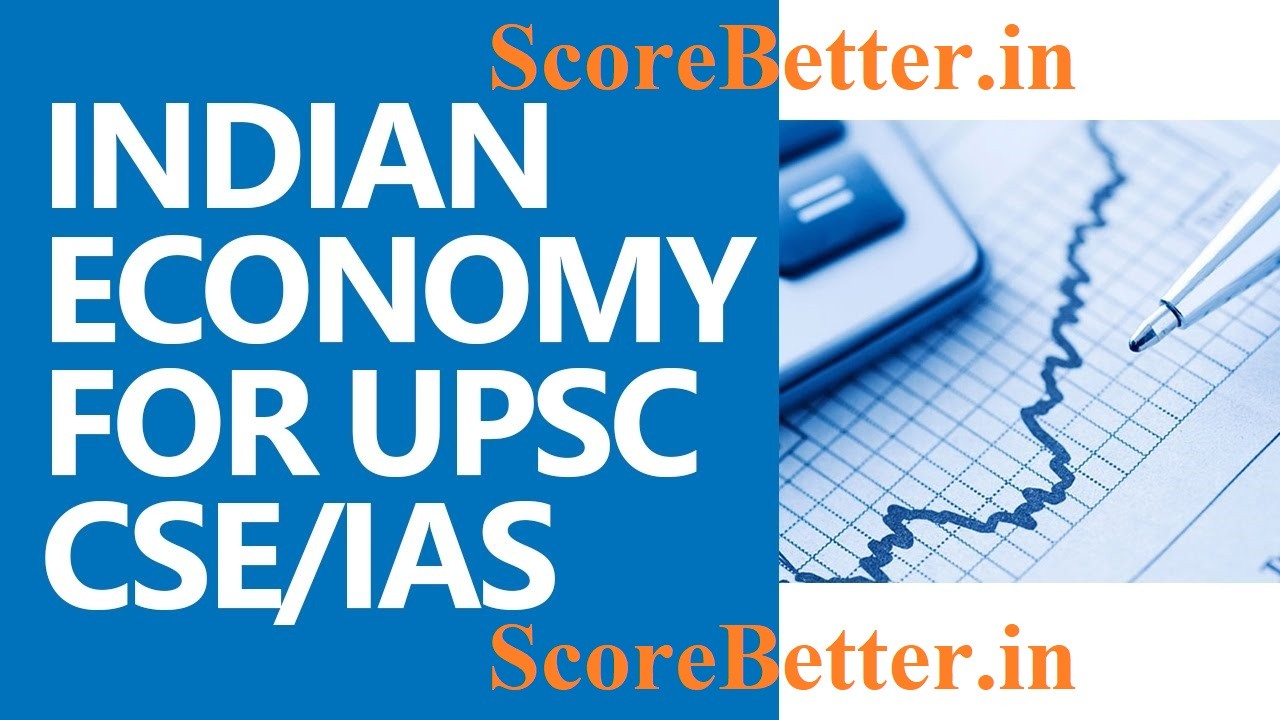There are many types of economies around the world. Each has its own distinguishing characteristics, although they all share some basic features. Each economy functions based on a unique set of conditions and assumptions.
Types of Economy: World economies are classified into three types based on the responsibility and structure of the production and distribution network: capitalistic, state, and mixed economies.
The three models of economic systems that have evolved over the course of human history are essential stages in the evolutionary process. As a result, several countries have transitioned to a new mode over time.
Capitalist Economy
It is the liberal philosophy’s economic point of view. This system’s most important element is democracy. In this system, the market force (the invisible hands) decides what to produce, how much to make, and at what price to sell, with the state playing no economic role.
State (Socialist) Economy
In practice, it is divided into two types: the socialist economy (in the former USSR), which emphasizes collective ownership of the means of production while ascribing a large role to the state in running the economy; and the communist economy (in China from 1949 to 1985), which is a later version of socialism that advocates state ownership of all properties while ascribing absolute power to the state in running the economy.
In contrast to capitalism, in the Communist model, all production, supply, and price decisions are made completely by the state. This system is best described as “state capitalism.”
Mixed Economy
Because the basic capitalism model failed during the Great Depression, John M. Keynes advocated for greater government intervention in the economy, including increased government spending and discretionary fiscal policy, to promote demand for products and services. He proposed that the capitalistic order adopt the socialist economy’s economic goals.
As a result, many capitalist economies implemented policies such as producing and distributing some fundamental commodities and services, as well as public goods and the social sector, while leaving the rest to the market.
The mixed economy is a non-ideological combination of capitalism and socialism. Similarly, Oscar Lange proposed that socialist economies adopt market socialism, which was roundly dismissed. China, on the other hand, chose market socialism after learning from the disintegration of the Soviet Union. In a nutshell, the mixed economy prioritises economic efficiency, social justice, and personal liberty. It’s referred to as a “welfare economy.”
Even the World Bank acknowledged the benefits and necessity of “state involvement” in the economy. As a result, there is no longer any formal categorization of economies.
Difference between Types of Economy
| Parameters | Capital Economic System | Socialist Economic System | Mixed Economic System |
|---|---|---|---|
| Determination of price | Demand and supply in a market determine the price | The central authority, most likely the government, decides the prices of goods and services | Price is influenced by market forces of demand and supply as well as government regulations, in certain instances |
| Property ownership | Ownership vests with private entities | There is public ownership of property | Property is owned by both public and private entities |
| Production | Production is undertaken only with a profit motive | The underlying objective of production is social welfare | Production in a mixed economy includes both profit motive and social welfare |
| Competition | There exists competition among entities present in such market | There is no competition in a market owing to State ownership of firms. | Only entities in the private sector experience competition |
| Government intervention | Government has very little role to play in a market economic system | The government retains full control over firms | Government has a full holding in the public sector but a limited role in its private counterpart |
.
You Can Follow on Youtube – Score Better
Read More Article of Indian Economics
Join Us on Telegram For More Update
.
